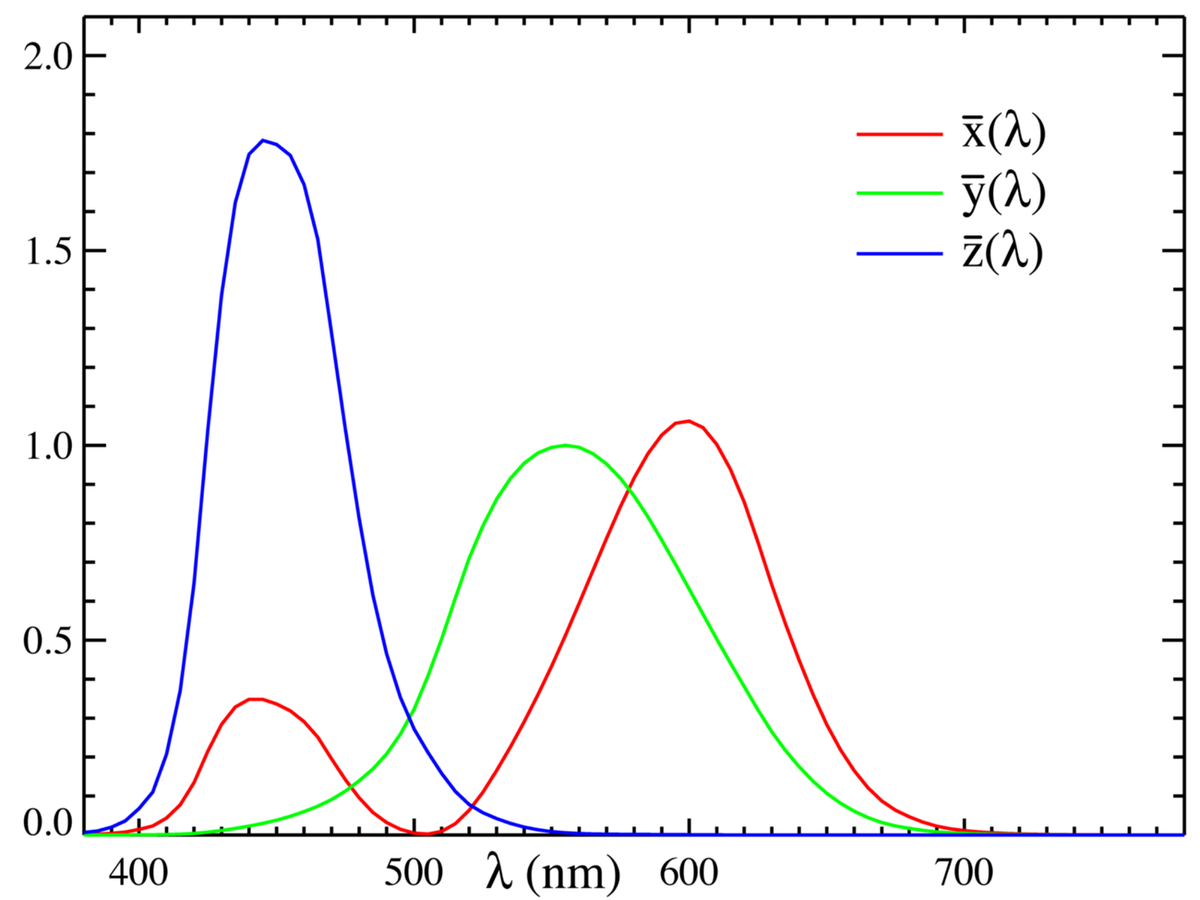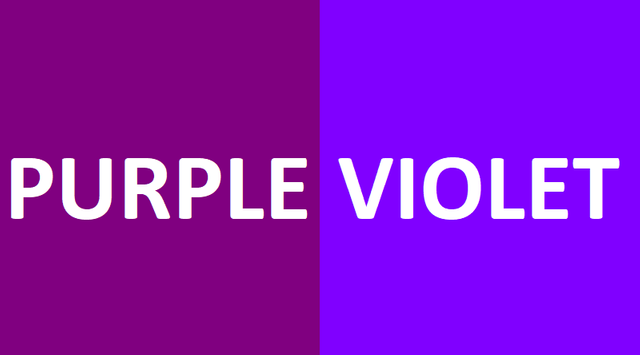Difference between purple and violet
When I started learning English there wasn’t put much emphasis on differentiating between purple and violet. Even in my native tongue (Slovak) there is almost no difference between these two colours and we usually use only one name for both – fialová.
However, the fact is that these two colours do not only differ in few shades but are fundamentally different.
What?!
Read on and find out!
Eeeh, purple is more reddish?
Look at the picture above – on the left side is purple and on the right side violet colour. Not that different right? Even though purple seems a bit more radiant and reddish. On the picture bellow you can see some shades of purple (left) and violet (right). Purple again goes more to red and violet seems to have more blueish hues. Both of these colours are placed between blue and red on the traditional colour wheel. There purple occupies space closer to red and crimson, whereas violet is closer to blue and generally less intense. However, there is more to it.
Don’t trust your eyes
Actually, there is much greater difference than it seems (quite literally). Our eyes can see only portion of electromagnetic spectrum that we call visible spectrum – this is from about 390 nm to 700 nm (see the chart below).

Source
Where lies the difference? Well, violet is so called spectral colour – it means that it has its own place of the visible spectrum (380 – 420 nm) and thus has its own wavelength. Purple on the other hand is a simple combination of two spectral colours – red and blue.
Our colour vision is based on the function of three different colour-sensitive cells (termed cones). These cones are activated by various wavelength, however each of the three is specific in activation. Signals from the cones are subsequently processed in such way that we see the colours we see. On the scheme bellow you can see the CIE 1931 colour space which basically corresponds to the signals from activated cones after being processed by brain. So, as you can see different wavelengths activate different cones with various intensity. Thus, what we perceive for example as red (bit more than 700 nm) is actually the activation of only “red” cones. On the other hand, the colour we perceive as green (495 – 570 nm) is created by activation of both “green” and “red” cones, however “green” ones are much more activated. But what about white colour? If you look once again on the visible spectrum, there is no white colour and yet we see white things, right? Well, when different wavelengths hit the retina at the same time then entirely new colours are being perceived. And white happens to be just a mixture of many different so called spectral colours (basically photons with different wavelengths).

Source
Now now. When wavelength of about 380 to 420 nanometres hits our retina, interesting thing happens. Look at the scheme above. Both “red” and “blue” cones are being activated (even though “blue” significantly more). Such signal input is then perceived as the colour we call violet.
What about purple? Well as mentioned before some colours are basically just a mixture of different wavelengths. Usually everything we see is not made from spectral colours but a mixture of different wavelengths. And we are exceptionally good at differentiating between these mixtures. Heck we can see millions of colours! Purple is generally a mixture of blue and red with ratio 1:1. However, if you look at the scheme above there is no such spectral colour that activates “red” and “blue” cones in such ratio, without stimulating the green pathway as well. Thus, purple is not a spectral colour but a mixture of spectral colours (like white!).

Source
So, in summary – even though purple and violet look just a tad different to humans, they are actually very different. Violet is a spectral colour, whereas purple is the mixture of blue and red wavelengths in ratio 1:1. The reason we perceive both colours as very similar is due to the morphology of our cones and the way we process input signals. However, different animals have different cones and thus, may perceive these two colours as completely different! This kind of shakes our perception of the world and what we think of as real. It really depends only on how you look at things!
Have a great day!

References:
Difference between ‘violet’ and ‘purple’ – great article by Jakub Marian
Visible spectrum – Wikipedia article
Purple – Wikipedia article
Violet – Wikipedia article
CIE 1931 colour space – Wikipedia article

